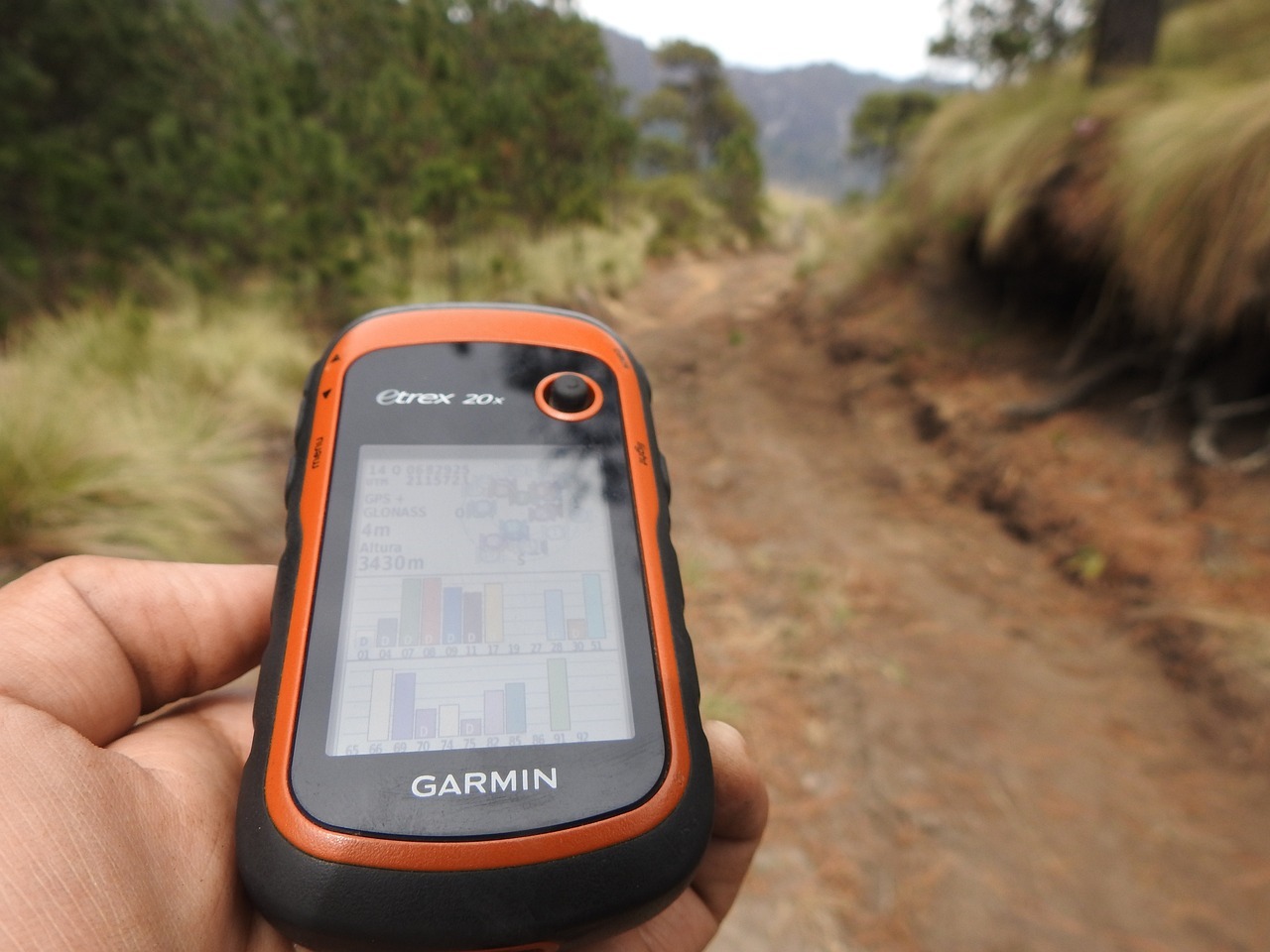Traveling to remote locations offers an unparalleled opportunity to explore the untouched and unseen parts of the world. It’s a chance to disconnect from the everyday hustle and bustle and immerse oneself in landscapes and cultures vastly different from our own.
However, with this allure comes significant challenges and risks. Remote travel often means venturing into areas with limited access to modern amenities, emergency services, and communication networks. The unpredictability of weather, terrain, and even local wildlife adds layers of complexity to the journey. Navigating these challenges requires careful planning, awareness, and respect for the natural environment and local cultures.
In essence, traveling to remote locations is about striking a balance – embracing the thrill of adventure while respecting the inherent risks. This guide aims to equip intrepid travelers with essential safety tips and strategies to ensure that their journey to these remote corners of the world is not only exhilarating but also secure.
Understanding the Risks
Traveling to remote locations, while thrilling, comes with a unique set of risks that are less commonly encountered in more urban or tourist-frequented areas. Recognizing and preparing for these risks is crucial for a safe and enjoyable trip.
Limited Access to Medical Facilities:
One of the most significant risks is the limited availability of medical services. In remote areas, hospitals and clinics may be scarce or located hours, or even days, away. In some cases, these facilities may not be equipped to handle serious medical emergencies. This risk is particularly acute for travelers with pre-existing medical conditions or those engaging in high-risk activities like mountaineering, where injuries are more likely.
Unpredictable Weather:
Weather in remote areas can be highly unpredictable and can change rapidly. For instance, mountainous regions can experience sudden snowstorms, while tropical destinations can be prone to quick-onset thunderstorms or even hurricanes. These conditions can not only disrupt travel plans but also pose serious safety hazards, especially if travelers are not adequately prepared.
Potential for Getting Lost:
Without well-marked paths, GPS signals, or reliable maps, the likelihood of getting lost is significantly higher in remote areas. This risk is compounded if travelers are not experienced in navigation or if they venture into areas without a guide who is familiar with the terrain.
Encounters with Wildlife:
Remote areas often bring travelers into closer contact with wildlife. While these encounters can be a highlight of the trip, they can also be dangerous. Animals in these regions may be unaccustomed to human presence and can act unpredictably, posing a risk of injury.
Limited Communication:
In many remote locations, cell phone coverage can be spotty or nonexistent. This makes it difficult to call for help in case of an emergency or to stay in touch with the outside world.
Cultural Challenges:
In some remote areas, local customs and languages can be very different from what travelers are used to. Misunderstanding these cultural nuances can lead to uncomfortable or even dangerous situations.
Pre-Trip Planning
Pre-trip planning is a critical step in ensuring a safe and enjoyable experience when traveling to remote locations. This involves thorough research and preparation, focusing on understanding the destination, ensuring adequate insurance coverage, and addressing health concerns.
Researching Your Destination
Before embarking on your journey to a remote location, it’s essential to conduct thorough research about your destination. This includes understanding the geographical features and climate, which are crucial for planning your activities and packing appropriately. Equally important is learning about the local customs, traditions, and etiquette. Such knowledge not only shows respect but also helps in avoiding cultural misunderstandings.
If possible, try to learn key phrases in the local language for basic communication. Additionally, staying updated on the political climate and safety concerns is vital. For reliable information, refer to government travel advisories specific to your destination.
Importance of Travel Insurance and What It Should Cover
Travel insurance is a critical aspect of your pre-trip planning, especially for remote travel. Ensure that your policy includes comprehensive medical coverage, which should cover medical treatments in your destination and, importantly, emergency medical evacuation. This is particularly crucial in remote areas where medical facilities might be scarce or non-existent.
Also, look for policies that cover trip cancellation and interruption to protect your investment in case your trip is unexpectedly canceled or cut short. If you’re planning to engage in adventure activities, confirm that these are covered by your insurance. Lastly, personal liability coverage is essential in case you accidentally injure someone or damage property.
Vaccinations and Health Preparations
Health preparations are a significant part of planning for remote travel. Start by consulting a travel doctor or your regular physician well in advance to discuss necessary vaccinations and health precautions. Make sure your routine vaccines, such as tetanus, measles, and influenza, are up to date.
Traveling in remote areas often means encountering limited or unconventional transportation options. Successfully navigating these can significantly impact the overall experience of your journey. Here are some essential tips and considerations for safe travel in such regions.
Tips for Safe Travel with Limited Transportation Options
Research and Plan Ahead:
Before your trip, research the typical modes of transportation available in your destination. These might range from buses and ferries to more unique options like small planes or animal transport.
Seek Local Advice:
Upon arrival, consult locals for the most reliable and safe transportation methods. They possess invaluable insight into which options are best for different destinations.
Inspect for Safety:
Safety standards can vary, so it’s important to inspect any mode of transport before use. If something feels unsafe, don’t hesitate to seek an alternative.
Group Travel and Guides:
Whenever possible, travel in groups or with a local guide. There’s added safety in numbers, and guides will know the safest and most efficient transportation routes.
Emergency Preparedness:
Always carry a basic emergency kit that includes a first-aid kit, water, snacks, and a map. In remote areas with limited cell service, consider a satellite phone for emergencies.
To complement our discussion on “How to Stay Safe While Traveling in Remote Locations,” I highly recommend exploring the article titled “Survival Tips for Travelling in Remote Areas
Staying Healthy and Safe on the Go
When traveling in remote areas, maintaining health and safety can present unique challenges, especially in terms of food and water safety and interactions with wildlife and insects. Understanding these challenges and preparing for them can significantly enhance your travel experience.
In remote areas, it’s essential to be cautious about what you eat and drink. Stick to bottled or purified water, as local water sources may be contaminated. Avoid raw fruits and vegetables unless you can peel them yourself.
When eating out, choose busy eateries where high turnover means food is likely to be fresh. Be cautious with street food, which can be a wonderful part of the travel experience but may also carry risks.
Consider packing a water purification method, like iodine tablets or a portable water filter. It’s also a good idea to carry some non-perishable food items with you in case of emergencies.
Dealing with Wildlife and Insects
In remote regions, you may encounter various forms of wildlife. Always maintain a safe distance and avoid feeding or provoking animals. Educate yourself about the wildlife native to your destination and understand the appropriate behaviors in case of an encounter.
Insects can be more than just a nuisance; they can also transmit diseases. Use insect repellent, wear long sleeves and pants, and sleep under a mosquito net if necessary. Be aware of any prevalent diseases carried by insects in the area, such as malaria or dengue fever, and take appropriate prophylactic measures.
Carry a basic first-aid kit equipped to deal with minor injuries and insect bites. In case of a serious encounter with wildlife, seek medical attention immediately.
By taking these precautions and staying informed, you can significantly reduce health risks and enjoy your adventure in remote locations safely. Remember, being prepared is key to handling any unexpected challenges that may arise during your travels.
Top of Form
Emergency Preparedness
Traveling to remote locations requires a heightened level of emergency preparedness. Being well-prepared can make a significant difference in handling unexpected situations effectively. This includes understanding first aid basics, knowing whom to contact in emergencies, and having effective communication strategies. Traveling safely in remote locations often involves different challenges, including those encountered in marine settings. To equip yourself for such scenarios, read our post How to Prepare for and Survive in Emergency Situations at Sea? where we focus on essential safety measures and survival techniques specifically tailored for sea-related emergencies.
Handling Emergencies
Before embarking on your trip, consider taking a basic first aid course. This training can be invaluable in handling common travel-related injuries or health issues until professional medical help is available.
Keep a list of emergency contacts, including local emergency services, the nearest embassy or consulate, and a contact person back home. It’s also wise to inform your contacts about your travel itinerary and any changes to it.
In remote areas, standard communication methods like cell phones may not always be reliable. Research and invest in alternative communication tools such as satellite phones or personal locator beacons, especially if you’re venturing into areas with limited connectivity.
Cultural Sensitivity and Local Laws
When traveling to remote areas, being culturally sensitive and aware of local laws is essential for a respectful and safe journey. Understanding and adhering to these aspects can significantly enhance your travel experience, fostering positive interactions with local communities and avoiding potential conflicts.
Respecting local customs and traditions is not just a matter of politeness; it’s a crucial aspect of traveling safely and harmoniously. In many remote areas, local customs may be deeply ingrained and significantly different from what you’re used to.
Additionally, familiarizing yourself with local laws is imperative. Laws regarding dress codes, alcohol consumption, public behavior, and photography can vary greatly from place to place. Ignorance of these laws is not usually accepted as an excuse, and infractions can lead to serious consequences.
Staying Connected
Staying connected while traveling in remote areas is crucial for safety and peace of mind. It involves maintaining communication lines with family and emergency services and effectively using technology to aid in this process. Given the limited access to conventional communication networks in remote locations, travelers need to plan and adapt their strategies accordingly.
Before departing, establish a clear communication plan with your family and emergency contacts. This should include regular check-in times and protocols for what to do if they don’t hear from you.
Always have a list of local emergency numbers at hand, including the nearest medical facilities, local police, and your country’s embassy or consulate.
In areas where cell phone service is unreliable, consider alternative communication methods. This can include using email or social media during intermittent internet access periods, or leaving a travel itinerary with accommodation providers who can relay messages in emergencies.
Use of Technology in Remote Areas
For areas with no cell phone coverage, a satellite phone is a reliable alternative. They work in most parts of the world and are invaluable for emergency calls and regular check-ins. Keeping your devices charged is crucial. Invest in high-capacity portable chargers, and consider solar chargers if you are going to be in remote areas for extended periods.
A GPS device can be a lifesaver in remote areas, especially if you are hiking, climbing, or traveling in unfamiliar terrain. Some GPS devices also have SOS features that can send your location to emergency responders. Moreover, download maps and translation apps that can be used offline. These tools can be invaluable for navigation and basic communication when internet access is unavailable.
Final Words
The essence of traveling to remote locations is not just in the destination but in the journey itself. Traveling to remote locations offers a unique and enriching experience, one that brings you closer to nature and diverse cultures. The key to a successful and safe journey lies in thorough preparation and a mindful approach to the various aspects of travel. From understanding and respecting local customs and laws to ensuring food and water safety, each element plays a crucial role in shaping your experience.
By being well-prepared and aware, you can embrace the beauty and excitement of remote travel while minimizing risks. This way, you’ll not only create unforgettable memories but also ensure a journey that is as safe as it is thrilling.
To further enhance your understanding of managing business effectively while traveling, especially in remote locations, you may read our blog: Business and Travelling: Top 4 Tips to Managing Your Business While Travelling








